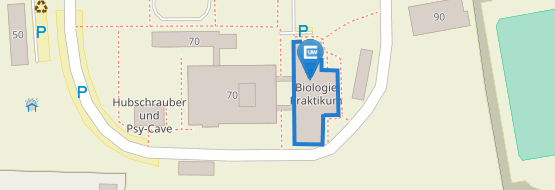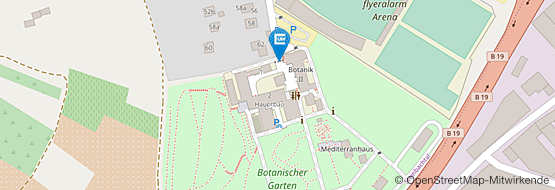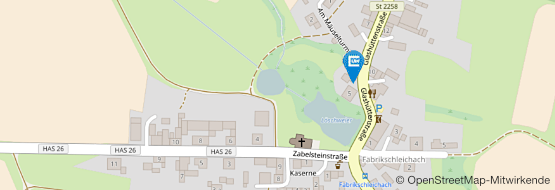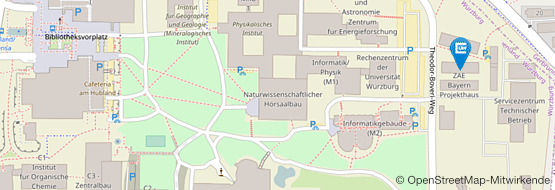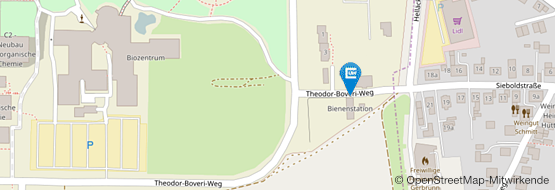The model organisms
The model organisms: roundworms and sea urchins
Boveri works with two model organisms: the horse roundworm (Ascaris), and the sea urchin (Echinoidea). With a small number of large chromosomes, the former is particularly suitable for chromosome analysis. Sea urchin eggs, on the other hand, have the advantage that they can be fertilised in the test tube. This enables their development to be monitored live, and they can also be manipulated. Nematodes and sea urchins are still important model organisms today. Much smaller nematodes are used instead of roundworms, however – Caenorhabditis elegans is only 1 mm long, easy to breed, and unlike Ascaris, cannot infect humans.
Microscopy and drawing: making the microworld visible
The microscope is Boveri's most important research tool. From today's perspective, it is impressive how precisely he detects not only structures, but also dynamic processes inside cells. Boveri has very good microscopes at his disposal, whose optical properties are close to those of today's transmitted light microscopes. The main limitation is the preparation of the biological material, especially its fixation. Are real structures or fixation artefacts being observed? Boveri therefore often uses different fixation methods.
Another decisive factor is the staining of the material, and only the iron hematoxylin stain allows Boveri to describe the entire cell division cycle of the tiny centrosomes. Only recently, with the advent of fluorescence microscopy, has it been possible to observe specific cell structures at high resolution and in living cells. The latest development, super-resolution microscopy, even makes it possible to follow dynamic processes in living cells at the molecular level.
Boveri makes drawings to record his microscopy observations. Even today, they still fascinate with their clarity, attention to detail, and artistic quality. Boveri is a critic of micrographs, as they sharply depict only one focal plane. In his hand-drawn illustrations, on the other hand, Boveri combines several focal planes – this creates images that appear three-dimensional. An important aid here is the camera lucida (drawing mirror): this is mounted on the eyepiece of the microscope, and allows the object and drawing to be viewed simultaneously. Nowadays it is possible to combine images from multiple focal planes into a three-dimensional picture using image processing software (z-stacking).
Further informations
- The „Virtual Boveri Library“ of the Chair of Cell and Developmental Biology offers free online access to all publications by Theodor Boveri. In addition, many illustrations can be downloaded as high-resolution files here.
- Original microscopic specimens of Boveri: An overview of the preparations still available can be found on the homepage of the University of Würzburg under the heading „Collections [Sammlungen]“. These are mainly the preparations of experiments on sea urchin embryos carried out by Theodor Boveri and his wife Marcella at the Naples Zoological Station.
- Further reading:
- Scheer, U., 2014. Historical roots of centrosome research: discovery of Boveri's microscope slides in Würzburg. Philos. Trans. R. Soc. B 369: 20130469.
-
Scheer, U., 2018. Boveri's research at the Zoological Station Naples: Rediscovery of his original microscope slides at the University of Würzburg. Marine Genomics 40, 1-8.




